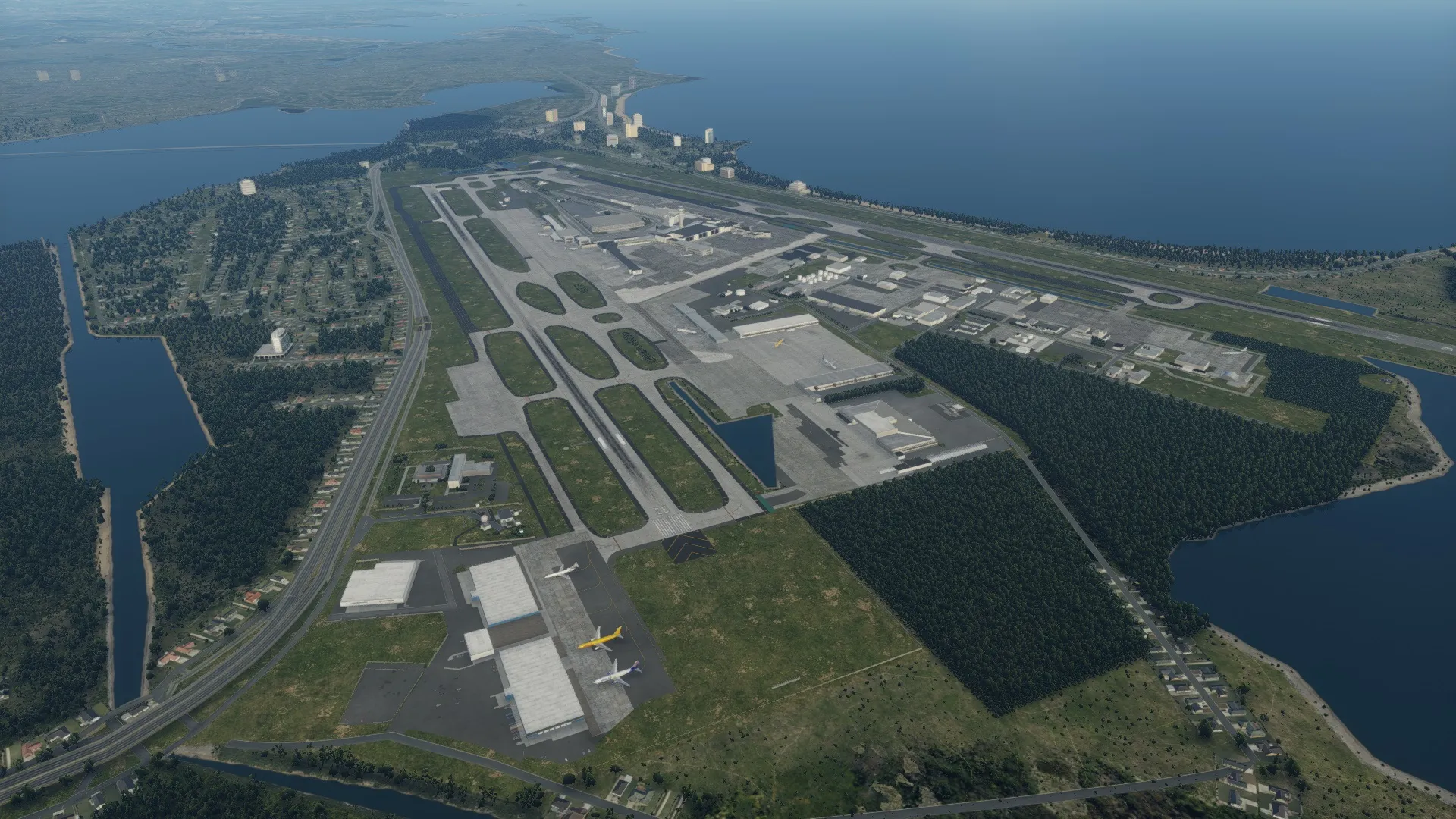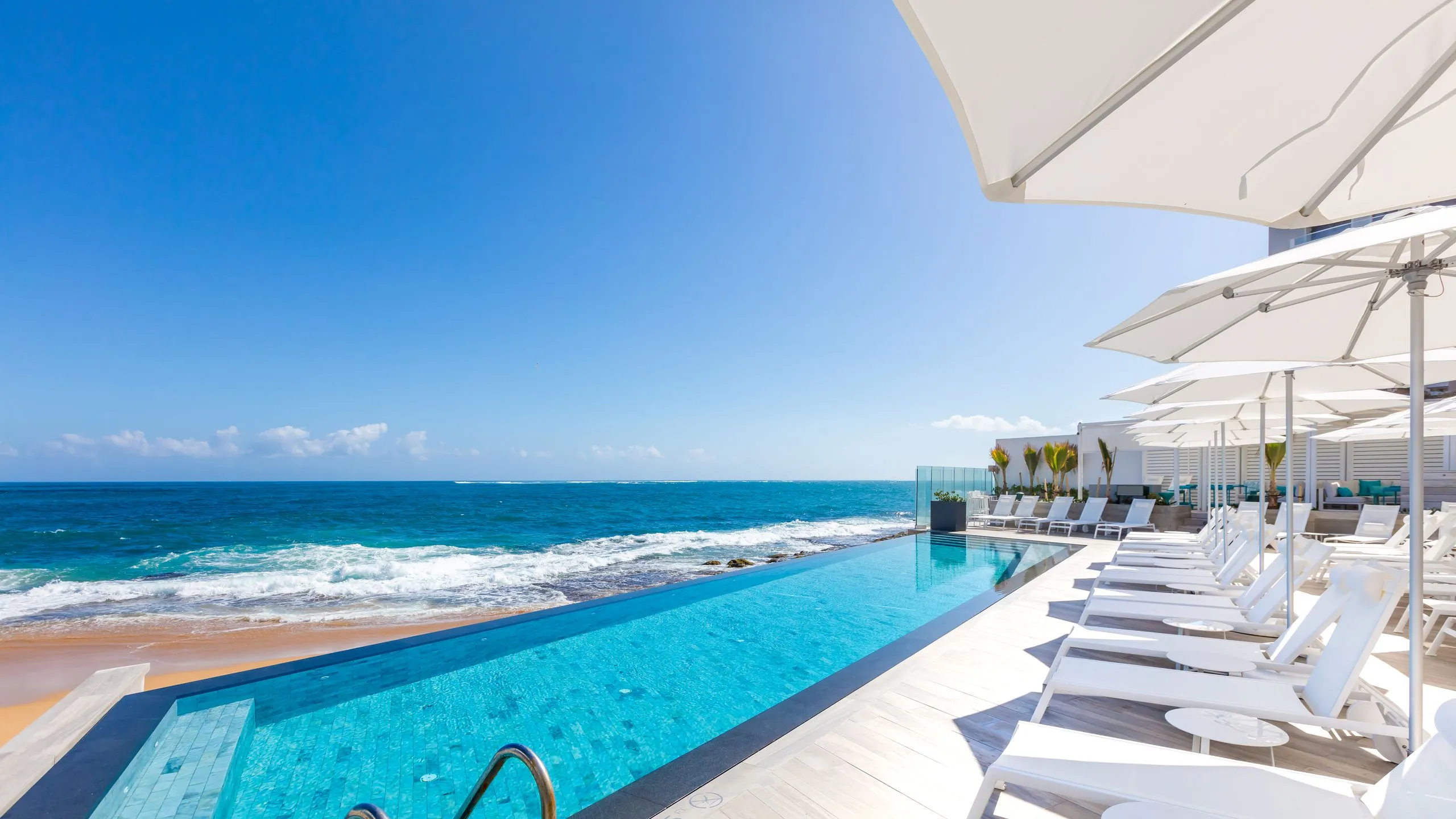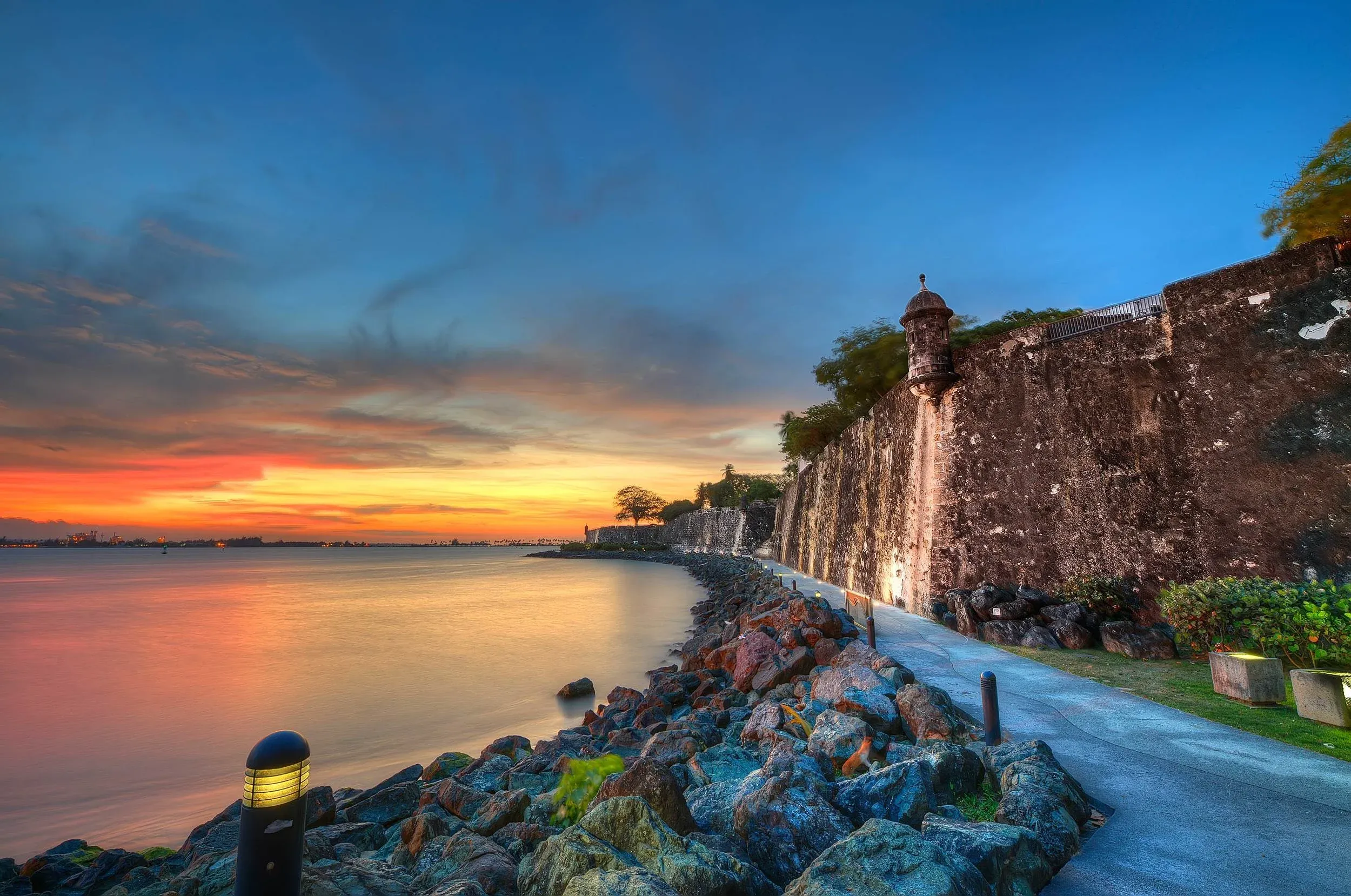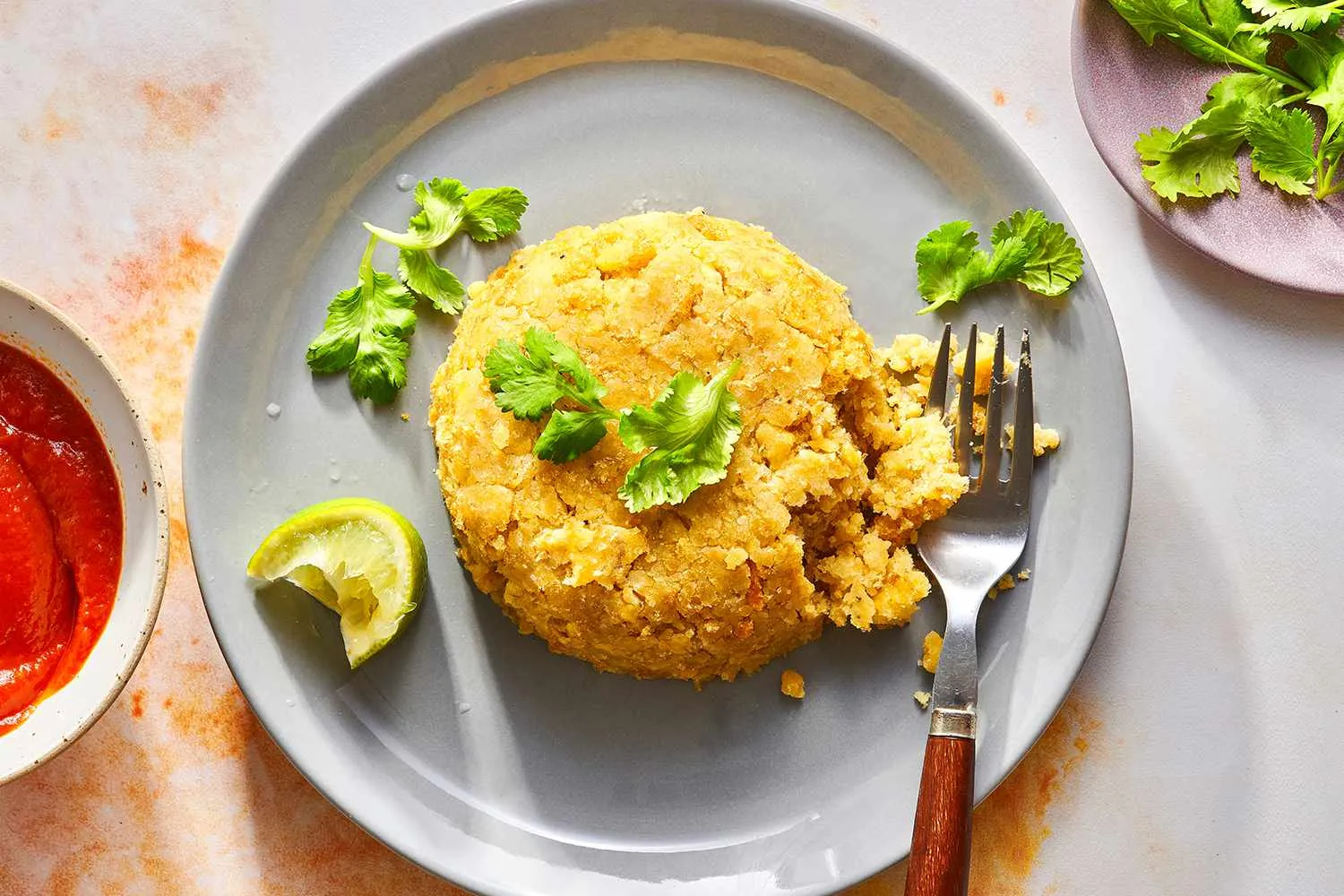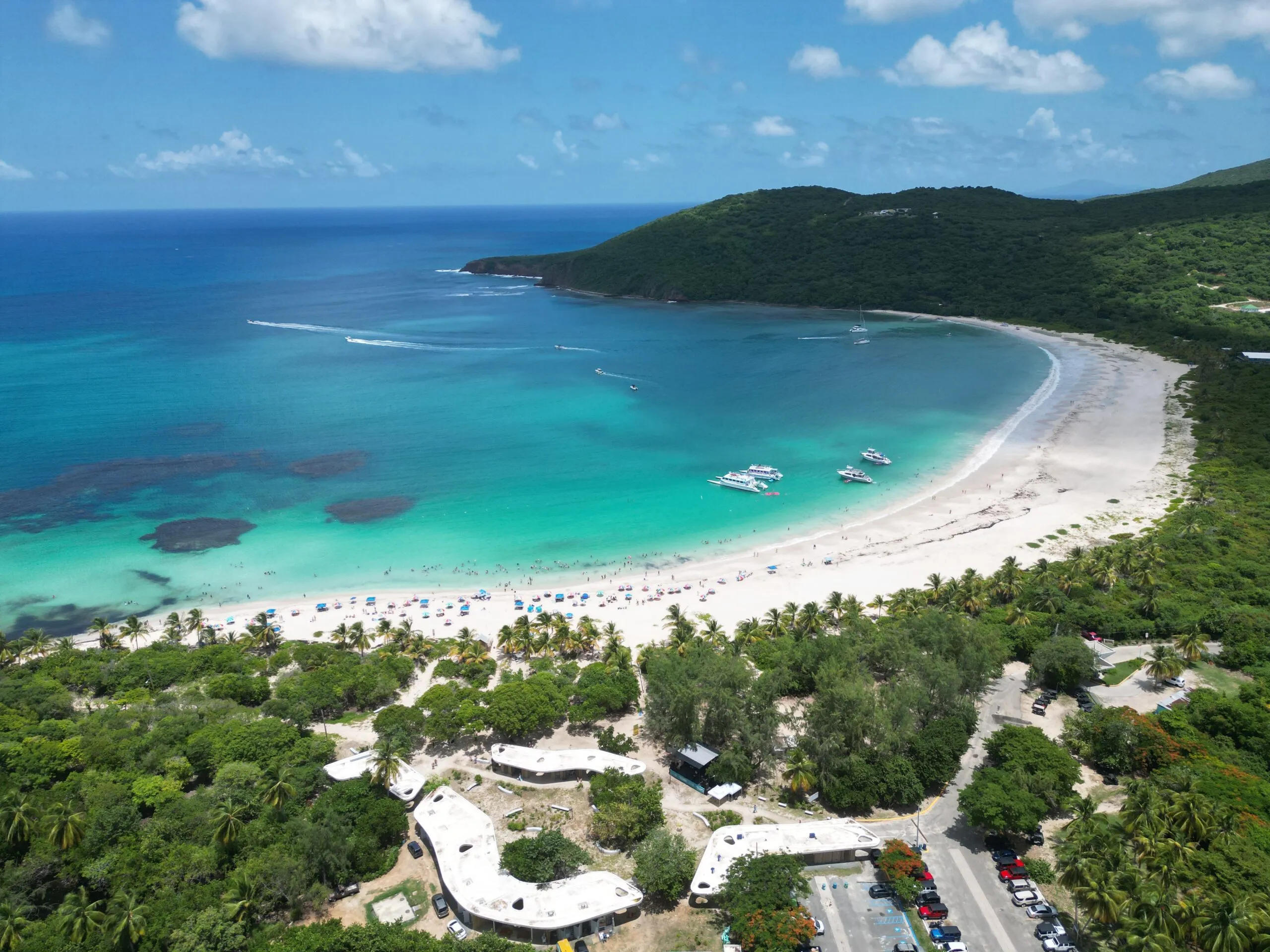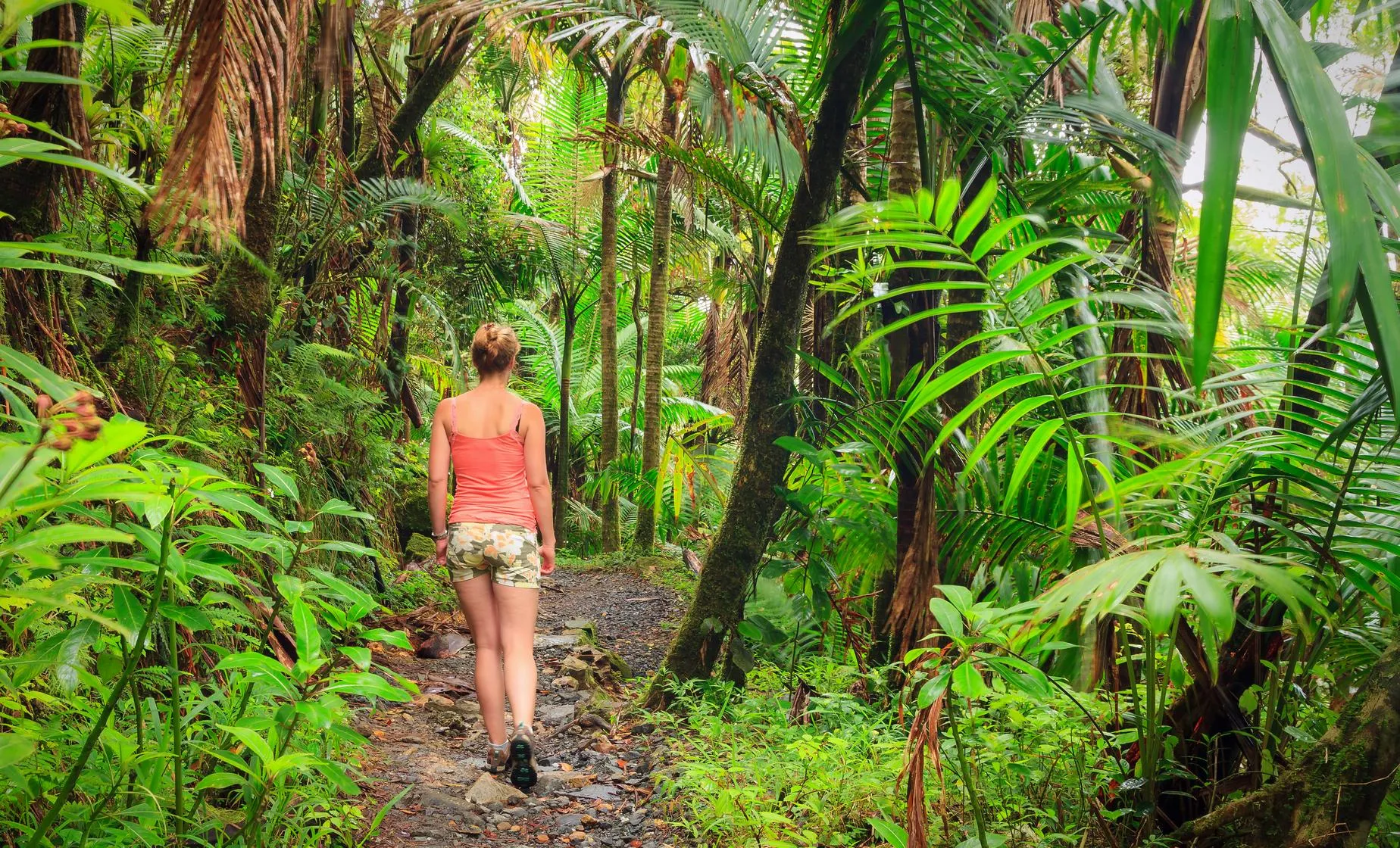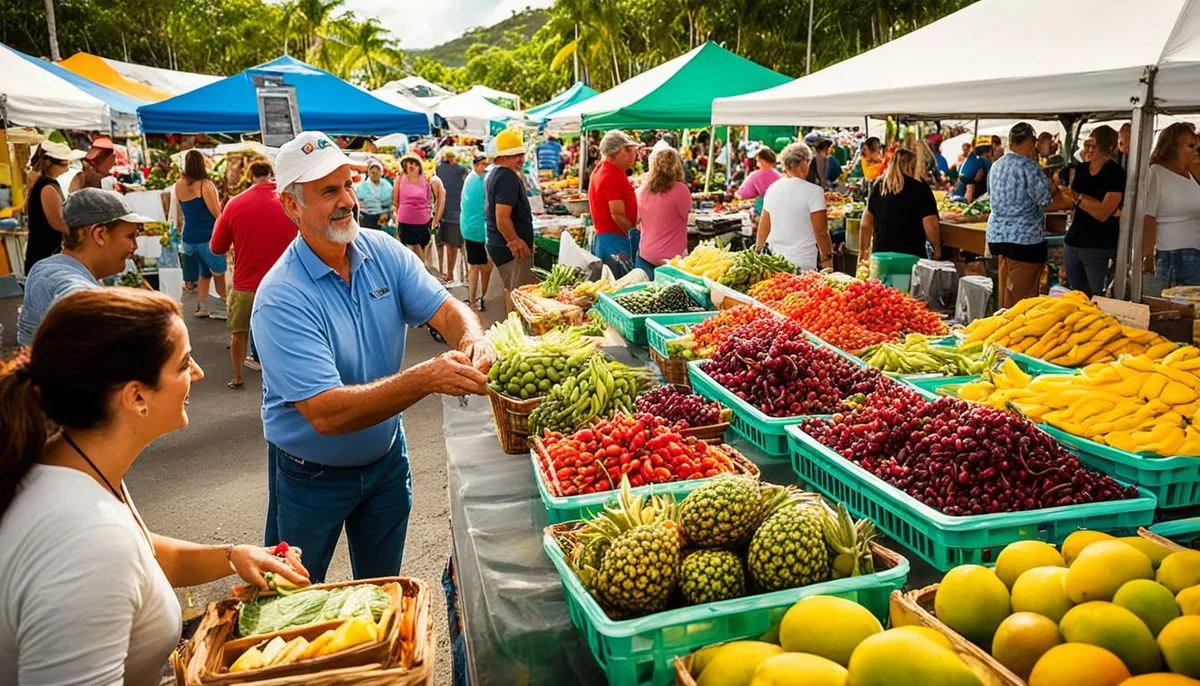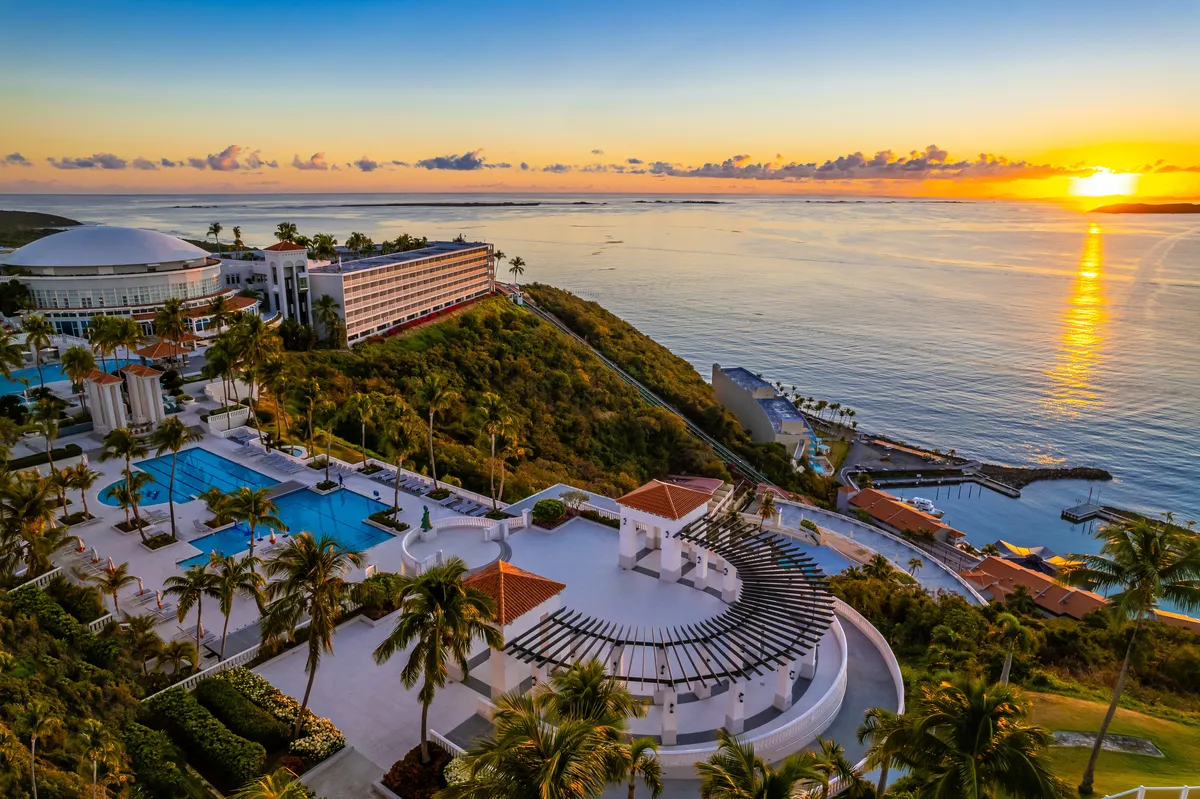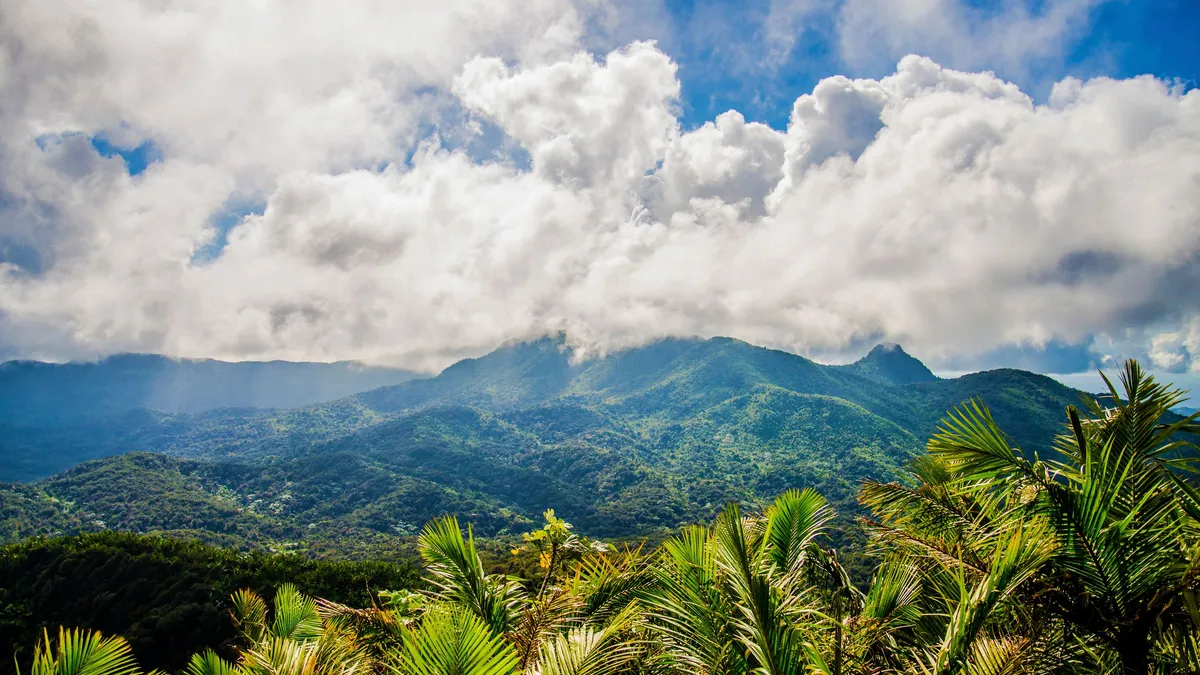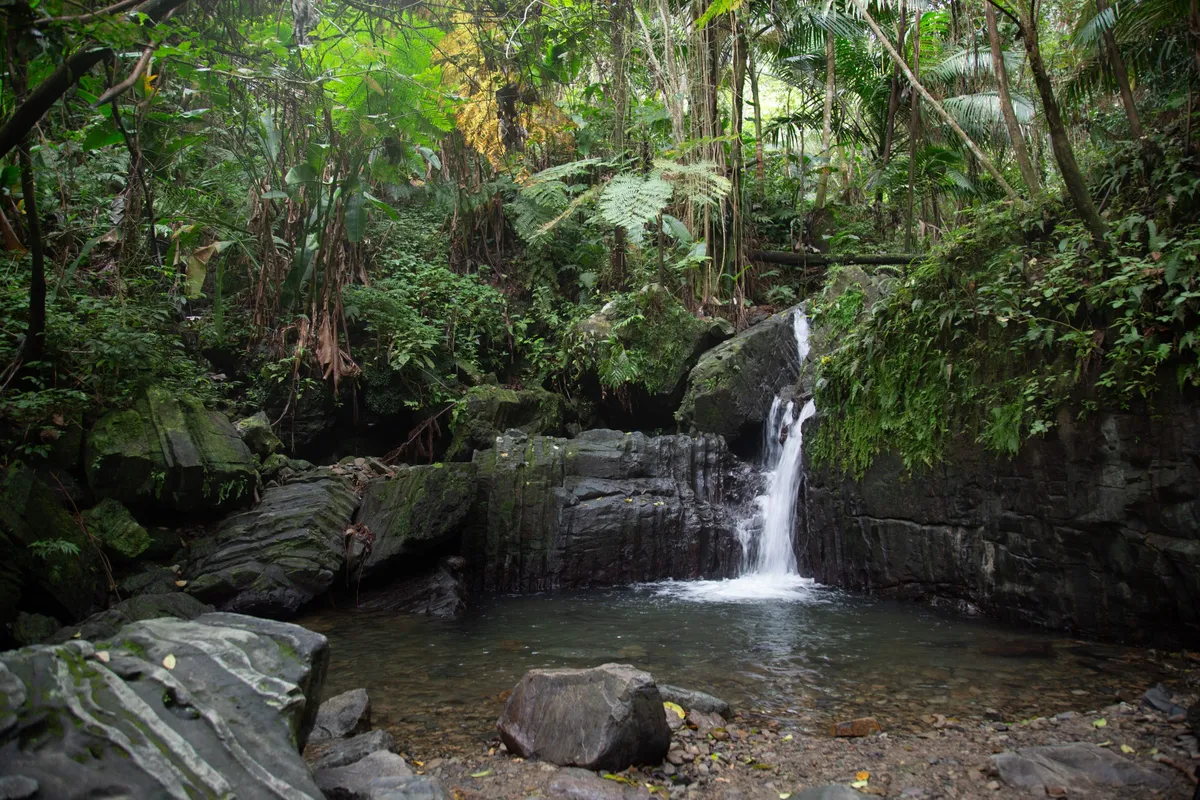Welcome to the Island of Enchantment, where your next unforgettable Caribbean adventure awaits—no passport required. This comprehensive Puerto Rico travel guide reveals the insider secrets I’ve gathered from countless trip reports, local knowledge, and firsthand experiences to help you unlock the true spirit of Boricua culture. From the cobblestone streets of Old San Juan to the glowing waters of bioluminescent bays, a Puerto Rico vacation offers US travelers the perfect blend of convenience and exotic adventure, all while using familiar dollars and enjoying domestic flight status.
Pre-Trip Planning: Logistics for Your Puerto Rico Vacation
The Best Time to Visit Puerto Rico: A Decision-Making Framework
Choosing when to visit Puerto Rico isn’t just about picking dates on a calendar; it’s a strategic decision that affects everything from your budget to your overall experience. The island’s peak tourism season is driven more by mainland US weather than by Puerto Rico’s conditions.
- High Season (December to April) offers the most pleasant Puerto Rico weather, with lower humidity, minimal rainfall, and perfect beach conditions. However, you’ll pay premium prices for flights and accommodations while dealing with the largest crowds. This period works best for travelers prioritizing ideal weather above all else.
- Shoulder Season (May to June) represents the sweet spot for many visitors. The weather remains warm and sunny with occasional afternoon showers, crowds thin out significantly, and prices become more reasonable. You’ll also catch unique cultural experiences like Noche de San Juan on June 23rd, when locals jump backward into the ocean at midnight for good luck.
- Low Season (July to November) coincides with hurricane season, offering the best deals but requiring careful weather monitoring and travel insurance. The trade-off for uncertainty is significant savings and nearly empty attractions.
For specific activities, plan accordingly: surfing peaks from November through March on the northwest coast, while snorkeling and diving shine during the dry season from December to May when water clarity is at its best.
Getting to Puerto Rico: Airport & Island Hopping Tips
Luis Muñoz Marín International Airport (SJU) in San Juan serves as your primary gateway, offering extensive flight networks from all major US cities. For west coast adventures, Rafael Hernández Airport (BQN) in Aguadilla gets you closer to surf towns like Rincón, while Mercedita International Airport (PSE) in Ponce serves the less-traveled southern region.
Reaching the outer islands of Vieques and Culebra requires additional planning. Flying via small commuter planes offers quick, scenic transfers but costs more. The ferry from Ceiba provides an economical option that can be choppy and time-consuming. Most seasoned travelers recommend flying for day trips or if you’re on a tight schedule.
Getting Around: Why You Need a Rental Car in Puerto Rico
Here’s the truth every Puerto Rico veteran knows: a rental car transforms your trip from limited to limitless. Without one, you’re essentially confined to San Juan and organized tours. With a car, you can explore pristine beaches, mountain coffee plantations, and authentic local eateries at your own pace. This is one of the most important Puerto Rico travel tips for unlocking the island.
Book directly with on-site airport agencies to avoid service issues, and prepare for electronic toll systems, kilometer distance markers, and occasional potholes on secondary roads. Old San Juan is best explored on foot, while Uber works well within the San Juan metro area.
Where to Stay in Puerto Rico: Finding Your Perfect Base
Metro Region (San Juan): Culture, Dining, and Nightlife Epicenter
- Old San Juan appeals to history lovers and romantics with its boutique hotels in restored colonial buildings, like Hotel El Convento. The cobblestone streets and colorful architecture create an unmatched atmospheric experience, though parking can be challenging.
- Condado caters to luxury seekers with upscale resorts along Ashford Avenue, offering a Miami-like vibe with high-end shopping and fine dining. The Condado Vanderbilt exemplifies this sophisticated atmosphere.
- Isla Verde provides the best urban beach access with convenient airport proximity. Full-service Puerto Rico resorts like the Fairmont El San Juan offer comprehensive amenities alongside beautiful beachfront locations.
Regional Diversity: From Surf Towns to Cultural Heartlands
- West Coast (Rincón, Aguadilla) embodies laid-back surf culture with world-class waves and spectacular sunsets. This region suits independent travelers seeking authentic beach town experiences over resort luxury.
- East Coast (Río Grande, Fajardo) serves as the adventure hub for El Yunque exploration, bioluminescent bay tours, and ferry access to outer islands. Expect a mix of large resorts and smaller adventure-focused accommodations.
- South (Ponce) offers authentic cultural immersion with elegant Ponce Creole architecture and fewer tourists. The “Pearl of the South” provides slower-paced exploration of Puerto Rico’s artistic heritage.
- Culebra and Vieques deliver ultimate island escapes with pristine beaches and world-class snorkeling. These destinations lack large resorts, instead offering boutique guesthouses and vacation rentals for a true getaway experience.
Accommodation Styles: From Luxury Resorts to Authentic Paradores
- Luxury Resorts concentrate in San Juan’s Condado and Isla Verde districts, plus exclusive Dorado, offering full-service amenities including spas, multiple dining options, and comprehensive beach access.
- Paradores represent a unique Puerto Rican institution—family-owned inns outside metro areas that showcase regional history and cuisine while providing affordable, authentic Boricua hospitality endorsed by the tourism board.
- Vacation Rentals work especially well for families and groups, offering kitchens, extra space, and residential neighborhood experiences that provide deeper local connections.
Things to Do in Puerto Rico: The Ultimate Bucket List
Explore Historic Old San Juan
Walking through Old San Juan means traversing 500 years of living history in this UNESCO World Heritage site. The seven-square-block district pulses with vibrant energy while maintaining its profound historical significance as the oldest European-founded city under US jurisdiction.
The forts of San Juan National Historic Site dominate the landscape. Castillo San Felipe del Morro guards the northwestern tip with six levels of military engineering, while the vast grassy esplanade in front provides perfect picnicking and kite-flying opportunities cherished by locals. Castillo San Cristóbal covers 27 acres as the largest Spanish fortification in the New World, featuring intricate tunnels and the legendary “Garita del Diablo” sentry box wrapped in local folklore. Plan at least two to three hours for each fortress and wear comfortable walking shoes.
Beyond the military structures, some of the best things to do in Old San Juan include visiting the Catedral de San Juan Bautista, which showcases rare medieval architecture and is Juan Ponce de León’s final resting place. La Fortaleza continues serving as the Western Hemisphere’s oldest executive mansion in continuous use. The commercial heart beats along Calle del Cristo, while Calle San Sebastián provides lively nightlife.
Adventure in El Yunque National Forest
El Yunque stands alone as the only tropical rainforest in the US National Forest System, protecting 28,000 acres of extraordinary biodiversity, including the endemic Puerto Rican parrot and beloved coquí frogs.
Navigate the forest via PR-191, the main road accessing key attractions. La Coca Falls provides an easily accessible 85-foot roadside cascade, while Juan Diego Falls requires a short hike to refreshing swimming holes. Note that the popular La Mina Falls remains closed for extensive hurricane repairs. Yokahú Observation Tower offers drive-up access to panoramic views, and the Angelito Trail leads to a beloved Mameyes River swimming spot.
Successful hiking in El Yunque requires strategic timing. Arrive at the 8:00 AM opening to secure parking and enjoy the trails before tour groups arrive. Always check the official Forest Service website for current conditions, as closures occur frequently. Pack rain gear, sturdy closed-toe shoes, swimwear, and insect repellent. Cell service is unreliable, so download offline maps before entering.
See the Magic of a Bioluminescent Bay
Puerto Rico hosts three of the world’s five year-round bioluminescent bays, where microscopic dinoflagellates create an ethereal blue-green glow when disturbed.
- Mosquito Bay on Vieques holds the Guinness World Record as the brightest bioluminescent bay globally, offering the most spectacular experience. However, visiting requires island transportation and an overnight stay.
- Laguna Grande in Fajardo is the most accessible option from San Juan, featuring guided kayak tours through narrow mangrove channels. This is one of the most popular Puerto Rico bio bay tours.
- La Parguera in Lajas uniquely allows swimming and snorkeling directly in the glowing water via motorboat tours, providing the most immersive interaction.
Success depends entirely on the lunar cycle; a new moon creates the darkest skies essential for seeing the full effect. Tours during a bright or full moon consistently disappoint visitors. This phenomenon cannot be captured with standard cameras, making it a purely experiential wonder.
More Puerto Rico Activities for Every Traveler
- Beach Lovers must experience Flamenco Beach on Culebra, consistently ranked among the world’s best. West coast gems include Crash Boat Beach in Aguadilla and the more remote Playa Sucia near the Cabo Rojo lighthouse.
- Adventure Seekers should experience Toro Verde Nature Adventure Park in Orocovis, home to “The Monster”—one of the world’s longest ziplines.
- Surfers will find that Rincón reigns as the Caribbean’s surf capital, with legendary breaks like Domes Beach, Maria’s Beach, and Tres Palmas.
- Culture Enthusiasts will find authenticity in Ponce, the “Museum City,” and in Loíza, a hub of Afro-Caribbean culture known for its traditional bomba music and dance.
A Taste of Puerto Rico: What to Eat and Drink
Must-Try Dishes of Comida Criolla
Authentic Puerto Rican food is a highlight of any trip.
- Mofongo stands as Puerto Rico’s unofficial national dish—fried green plantains mashed with garlic, olive oil, and crispy pork cracklings (chicharrón) in a wooden pilón.
- Lechón Asado is the ultimate celebratory dish where a whole pig is slow-roasted over coals for hours, creating incredibly tender meat and crispy skin (cuerito).
- Essential Sides include arroz con gandules (rice with pigeon peas), tostones (twice-fried green plantains), and amarillos (sweet fried ripe plantains).
- Street Food culture revolves around frituras (fried snacks) like alcapurrias, bacalaítos, and empanadillas. Pinchos (grilled skewers) are also ubiquitous.
Where to Eat Like a Local: From Lechoneras to Kioskos
- La Ruta del Lechón in Guavate offers the definitive lechón pilgrimage along Route 184 in the central mountains.
- The Luquillo Kioskos near Luquillo Beach feature 60 numbered food stalls providing everything from frituras to fresh seafood.
- San Juan’s Foodie Scene centers on Santurce, particularly La Placita marketplace and Lote 23, an outdoor food truck park.
The best advice from seasoned visitors: eat and drink where the locals do. The most memorable meals often come from unassuming roadside stands.
The Drinks of Puerto Rico: Rum Heritage and Tropical Cocktails
Puerto Rico proudly claims to be the birthplace of the piña colada. As the world’s leading rum producer, the island offers distillery tours at Casa Bacardí and Don Q. Coquito is the beloved traditional Christmas drink—a rich, creamy blend of coconut milk, spices, and generous amounts of Puerto Rican rum.
Sample Puerto Rico Itineraries (4 to 7 Days)
The 5-Day First-Timer’s Classic (San Juan and the East)
- Day 1: Arrive at SJU, get your rental car, check into your Condado or Isla Verde hotel, and hit the beach.
- Day 2: Full-day immersion in historic Old San Juan, exploring the forts, cathedrals, and cobblestone streets.
- Day 3: Early morning rainforest adventure in El Yunque, followed by lunch at the Luquillo Kioskos.
- Day 4: Relax at Luquillo Beach, then take an evening bioluminescent bay kayak tour in Fajardo.
- Day 5: Enjoy a final Puerto Rican breakfast before heading to SJU for your departure.
The 7-Day Ultimate Road Trip: Full Island Loop
This comprehensive Puerto Rico itinerary is perfect for adventurous travelers.
- Days 1-2: Follow the first-timer’s plan for San Juan.
- Day 3: Morning in El Yunque, then drive south to Ponce to explore Plaza Las Delicias.
- Day 4: Visit Ponce’s Parque de Bombas and Museo de Arte, then drive the scenic southern coast.
- Day 5: Explore Cabo Rojo’s Los Morrillos Lighthouse and Playa Sucia, then head to Rincón for sunset.
- Day 6: Soak up the surf culture in Rincón and Aguadilla before driving the north coast back toward San Juan.
- Day 7: One last morning on Isla Verde beach before your flight home.
The 4-Day Island Escape: Vieques or Culebra
This itinerary targets ultimate relaxation and pristine nature.
- Day 1: Connect from SJU to Vieques (VQS) or Culebra (CPX). Pick up your pre-booked Jeep or golf cart and settle in.
- Day 2: World-class beach hopping—Culebra’s Flamenco Beach or Vieques’ Playa Caracas and Playa La Chiva.
- Day 3: Snorkel with turtles at Tamarindo Beach (Culebra) or explore reefs off Vieques, followed by a Mosquito Bay tour.
- Day 4: Enjoy a final island breakfast before your return flight.
Your Complete Puerto Rico Packing Checklist
Clothing Essentials
When deciding what to pack for Puerto Rico, focus on lightweight, breathable fabrics. Include a smart casual outfit for nicer dinners, a light jacket for cool evenings, and a packable rain jacket, especially for El Yunque.
Footwear Requirements
Comfortable walking shoes are a must for Old San Juan. Pack flip-flops for the beach, and consider waterproof hiking shoes for El Yunque’s muddy trails and water shoes for rocky beaches.
Gear and Essentials
Sun protection is crucial: bring high-SPF sunscreen, a wide-brimmed hat, and polarized sunglasses. Insect repellent containing DEET is essential for preventing mosquito bites. Also pack multiple swimsuits, a day pack, a portable charger, and a reusable water bottle.
Health and Documents
Include a basic first-aid kit with pain relievers, bandages, and anti-itch cream. Pack personal medications and carry a valid US government-issued ID for your flight. Bring some cash (US dollars) for tipping and small purchases.
Puerto Rico Travel Tips: Health, Safety & Practical Info
Health Considerations
- Water: While tap water is generally treated, sticking to bottled or filtered water is a cautious choice to avoid stomach issues.
- Sun & Heat: The tropical sun is intense. Stay hydrated, use sunscreen, and limit exposure during peak midday hours.
- Mosquitoes: Use repellent to protect against mosquito-borne illnesses like dengue fever, especially at dawn and dusk.
Safety and Practical Information
- Is Puerto Rico safe? Main tourist areas are generally considered safe. As with any destination, stay aware of your surroundings, don’t leave valuables unattended, and stick to well-lit areas at night.
- Currency & Language: The US dollar is the official currency. English is widely spoken in tourist areas, but learning a few Spanish phrases (hola, por favor, gracias) is a respectful gesture.
- Tipping & Electricity: Tipping culture follows mainland US standards (15-20%). Electrical outlets are the same as in the US, so no adapters are needed.
This comprehensive Puerto Rico travel guide is designed to empower you to embrace authentic Boricua experiences. Venture beyond the resort, choose local family-owned restaurants, and engage with the island’s welcoming culture. This approach transforms a simple vacation into an enriching adventure, capturing Puerto Rico’s true enchanting spirit.
Read more:
